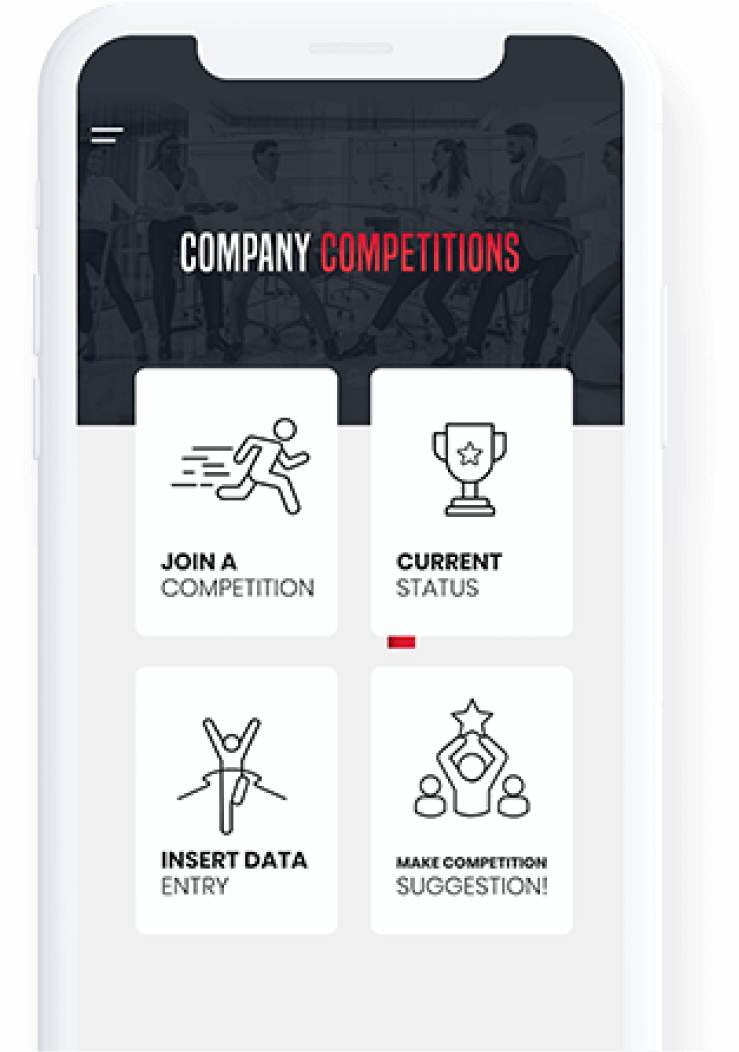The Importance of Sleep Spring Cleaning
Spring cleaning isn’t just for your home—it’s also a great time to refresh your sleep habits. Quality sleep is essential for productivity, mood, and overall health, yet many people struggle with poor sleep hygiene. Use this season to reassess and improve your sleep routine for better energy and well-being.
- Declutter Your Sleep Environment
A cluttered room can contribute to stress and restlessness. Tidy up your bedroom, remove distractions, and create a calm, sleep-friendly space.
Tip: Keep only sleep-related items in your bedroom to signal your brain that it’s a place for rest.
- Upgrade Your Bedding
Check your mattress, pillows, and sheets. If they’re worn out, consider upgrading to more supportive options. Clean your bedding regularly to remove allergens and dust.
Tip: Wash your sheets weekly and opt for breathable, high-quality fabrics for better sleep comfort.
- Reduce Screen Time Before Bed
Blue light from screens can interfere with melatonin production. Try reducing screen time at least an hour before bed and replace it with a relaxing bedtime routine.
Tip: Use ‘night mode’ on your phone or blue light-blocking glasses if screen time is unavoidable.
- Set a Consistent Sleep Schedule
Going to bed and waking up at the same time each day helps regulate your body’s internal clock. Even on weekends, try to maintain a consistent schedule to improve sleep quality.
Tip: Use an app or alarm that gradually wakes you up with natural light or soothing sounds.
- Create a Relaxing Pre-Sleep Routine
Incorporate calming activities like reading, journaling, or gentle stretching before bed. Avoid caffeine and heavy meals close to bedtime.
Tip: Sip on a caffeine-free herbal tea, like chamomile or lavender, to signal relaxation.
- Optimize Your Bedroom Environment
Keep your bedroom cool, dark, and quiet. Consider blackout curtains, white noise machines, or essential oils like lavender to promote relaxation.
Tip: Set your thermostat to around 65°F (18°C) for optimal sleep temperature.
- Monitor Your Sleep Patterns
Use a sleep tracker to assess sleep quality and identify habits that may be affecting your rest. Small adjustments, like reducing late-night screen time or adjusting your bedtime, can make a big difference.
Tip: Keep a sleep journal to track what affects your rest and make gradual improvements.
Wake Up Refreshed This Spring
Prioritizing your sleep can have lasting benefits on your health and productivity. By making small, intentional changes, you can improve your sleep quality and wake up feeling more energized and focused.
Spring is the perfect time to reset your sleep habits—start today for better rest and well-being!













